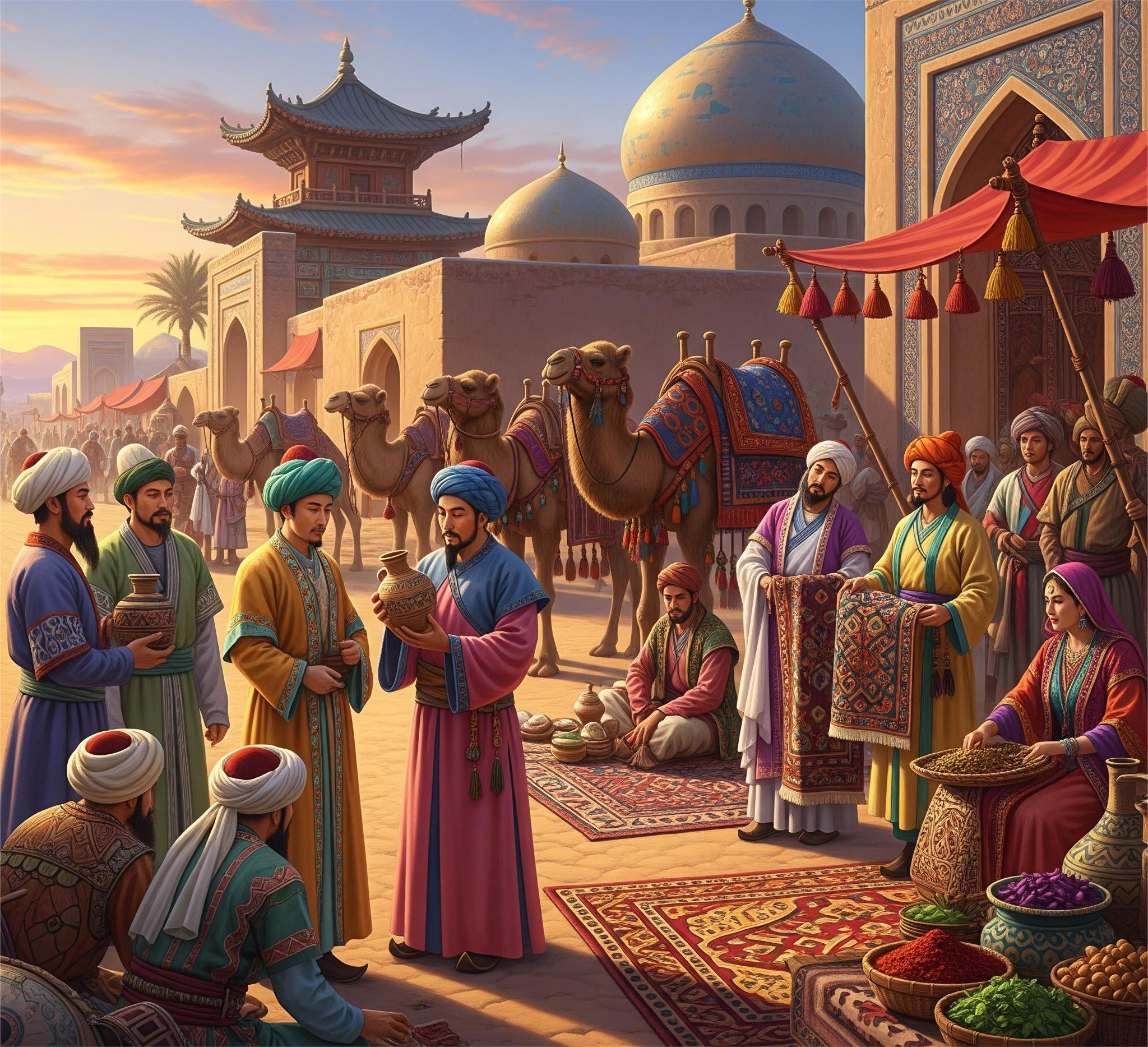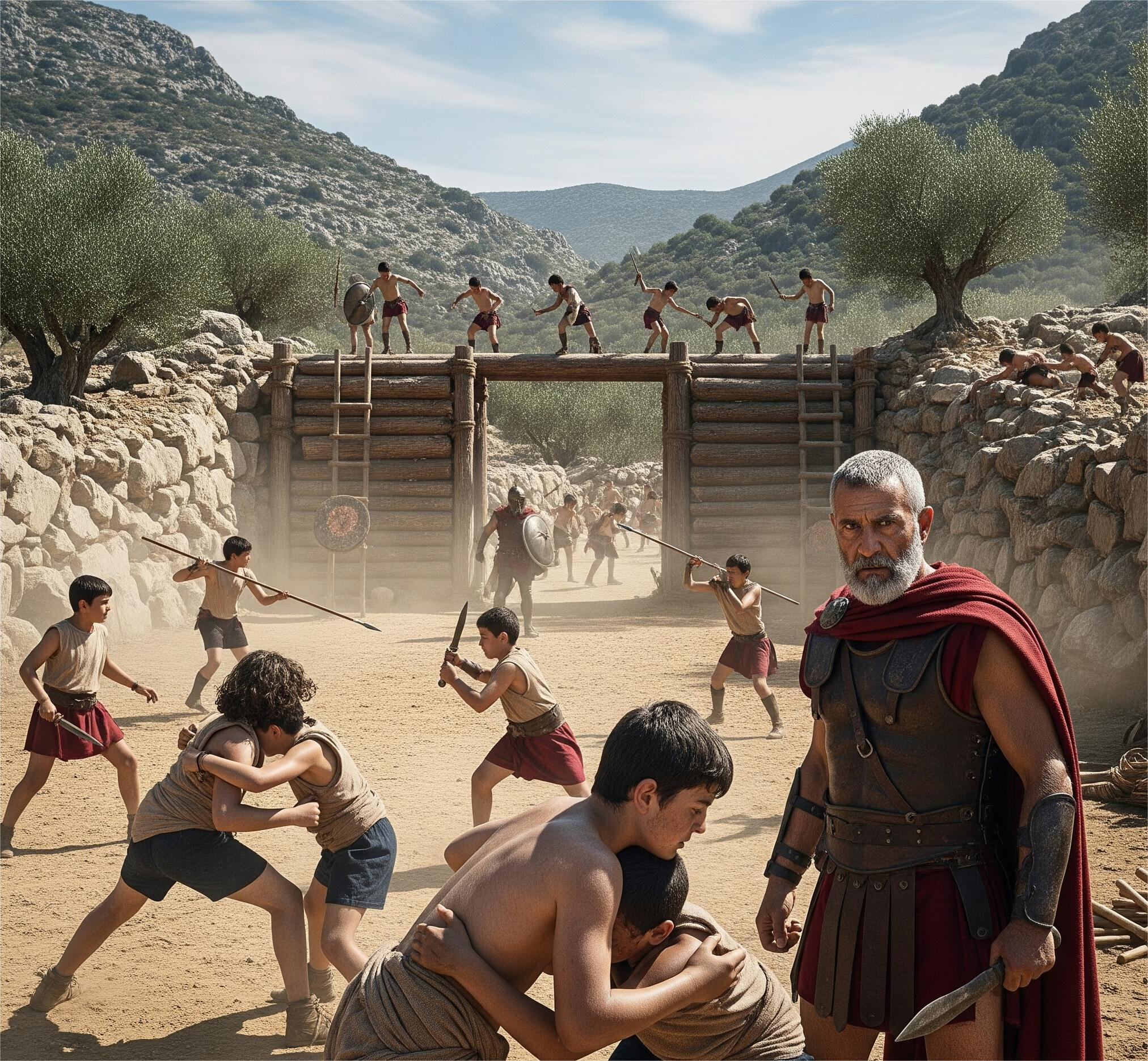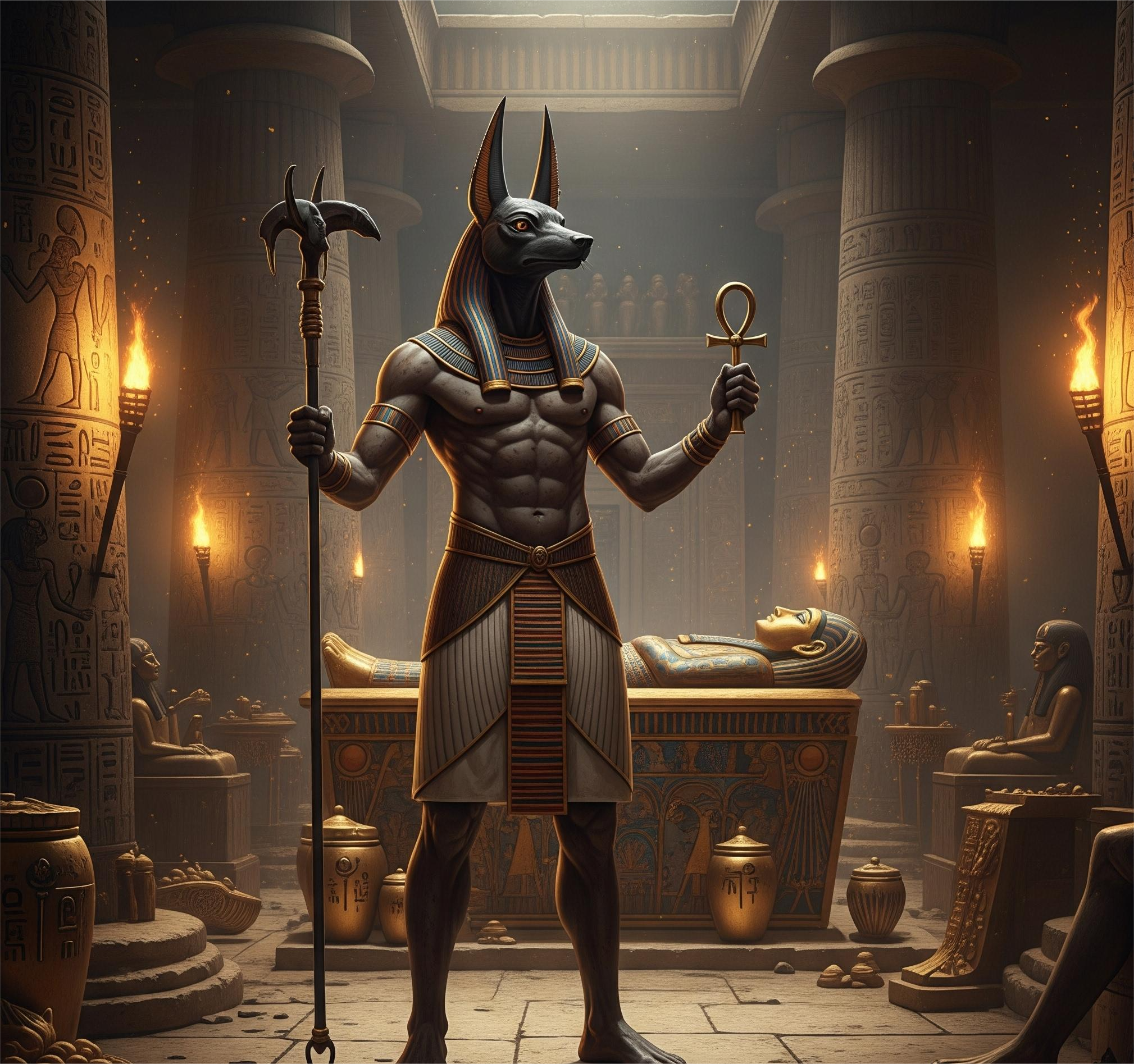Long before airplanes and smartphones connected the world, there was the Silk Road—a vast web of trade routes that stretched from China to the Mediterranean, linking East and West in one of the most transformative networks in human history. While its name evokes images of luxurious silk, the Silk Road was far more than a commercial highway. It was a crossroads of cultures, where religions spread, languages mingled, and ideas flourished.
What Was the Silk Road?
The Silk Road wasn’t a single road, but rather a collection of overland and maritime routes established during the Han Dynasty (c. 130 BCE) and reaching their peak during the Tang (618–907 CE) and Mongol (13th–14th century) empires.
Main Route: From Chang’an (Xi’an) in China through Central Asia, Persia, and into Europe via cities like Samarkand, Baghdad, and Constantinople.
Maritime Routes: Known as the Maritime Silk Road, these sea-based routes connected China with India, Arabia, and East Africa.
Trade Beyond Silk
Though silk was highly prized in the Roman Empire and beyond, traders along the route exchanged a wide array of goods:
From East to West: Silk, porcelain, tea, paper, gunpowder
From West to East: Glassware, wool, precious metals, grapes, spices
But alongside these goods came stories, songs, scripts, and beliefs—invisible cargo with lasting impact.
The Spread of Religions
Perhaps the Silk Road’s most enduring legacy is its role in the spread of world religions.
Buddhism traveled from India into Central Asia, China, Korea, and Japan, thanks to missionaries and pilgrims like Faxian and Xuanzang. Buddhist monasteries dotted the trade route, offering safe havens to travelers.
Christianity, especially Nestorianism, made its way into Persia and even China by the 7th century.
Islam followed merchants and scholars eastward after the 7th century, deeply influencing Central Asia, India, and even parts of China.
Zoroastrianism, Judaism, and local animist and shamanistic beliefs also circulated and blended into regional traditions.
Linguistic and Intellectual Exchange
The Silk Road created a fertile ground for language contact and translation:
The Sogdian language became the lingua franca for traders across Central Asia.
Greek philosophical texts found their way to the Islamic world and were translated into Arabic, eventually reaching Europe and influencing the Renaissance.
Sanskrit Buddhist texts were translated into Chinese, transforming Chinese philosophy, literature, and spirituality.
These exchanges seeded intellectual movements, facilitated scientific knowledge transfer, and encouraged literary cross-pollination.
Cultural Fusion Along the Way
The Silk Road fostered a blend of art, architecture, and customs:
In cities like Dunhuang and Samarkand, one can still see Persian motifs, Indian sculpture, and Chinese aesthetics interwoven in murals and temples.
Cuisine evolved as spices, grains, and cooking methods traveled. Dumplings, for example, likely have Central Asian roots.
Clothing styles, jewelry, and even musical instruments became hybrid, reflecting multicultural influences.
The Pax Mongolica: A Golden Era of Exchange
Under the Mongol Empire, the Silk Road saw a resurgence in the 13th century. The Pax Mongolica (Mongol Peace) ensured safer travel and facilitated:
Marco Polo’s journey to China
Persian astronomers and Arab mathematicians traveling to the Far East
The spread of printing technology and innovations like paper money
Even the Black Death moved along the Silk Road, reminding us that not all exchanges were beneficial.
Legacy of a Connected World
Though the traditional Silk Road declined with the rise of maritime trade and the Age of Exploration, its legacy lives on:
Cultural hybridity in Central Asia and beyond
Religious diversity in regions from Iran to western China
Intellectual bridges between East and West that laid the groundwork for modern science, philosophy, and art
In recent years, initiatives like China’s Belt and Road Initiative aim to revive the spirit of the Silk Road in a new global context.







